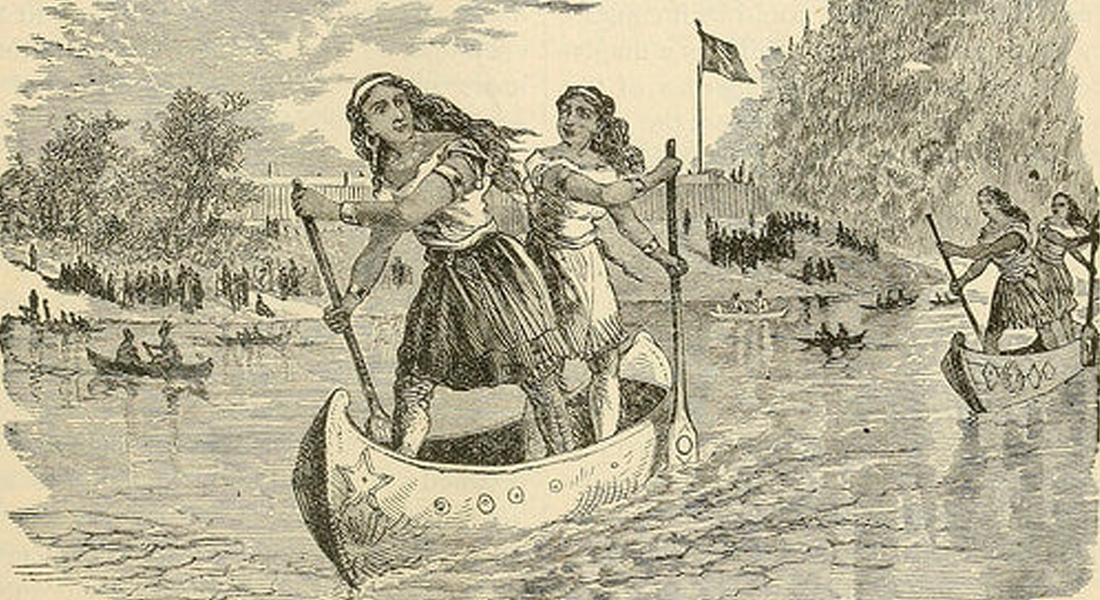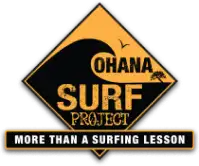
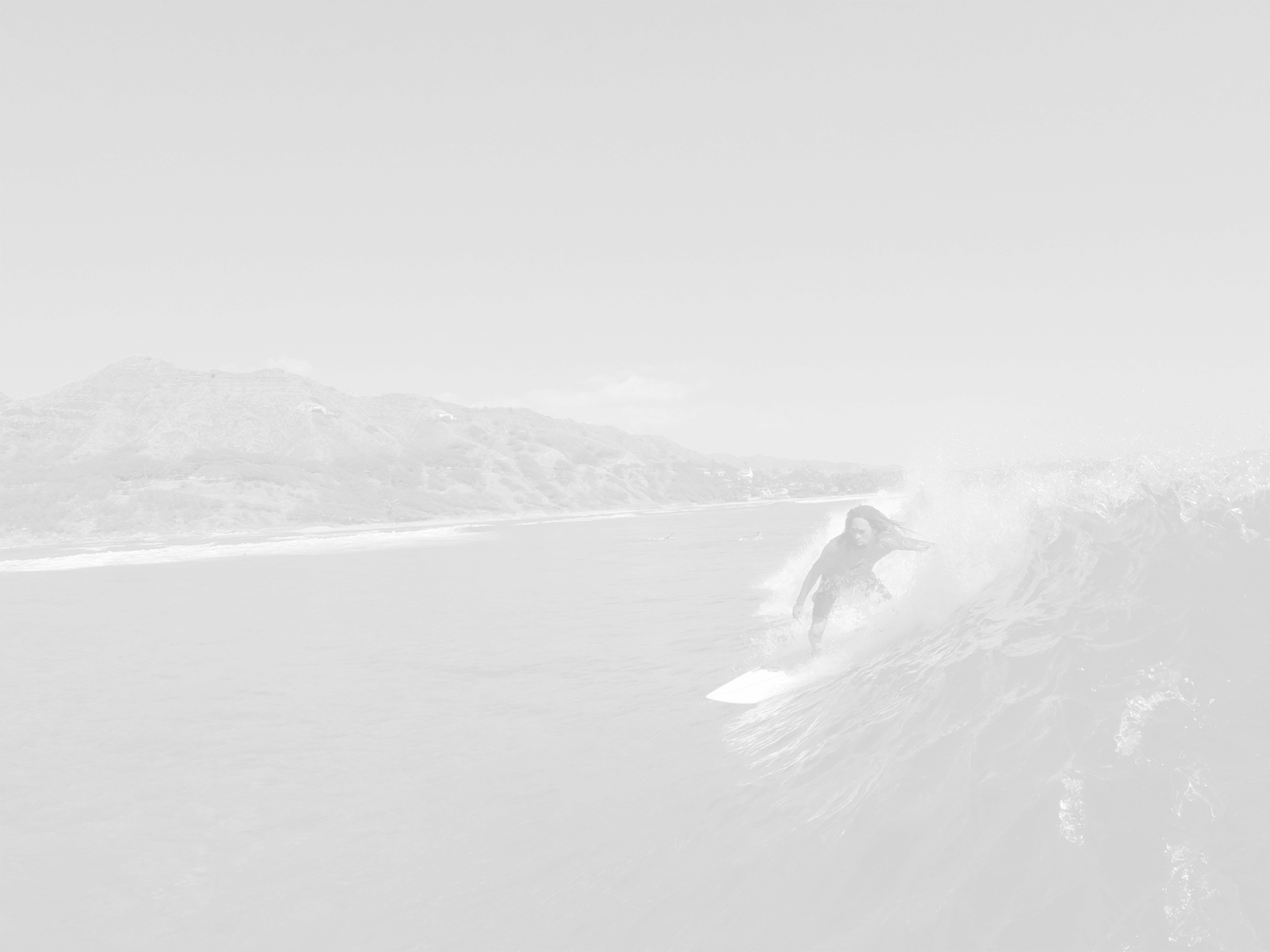
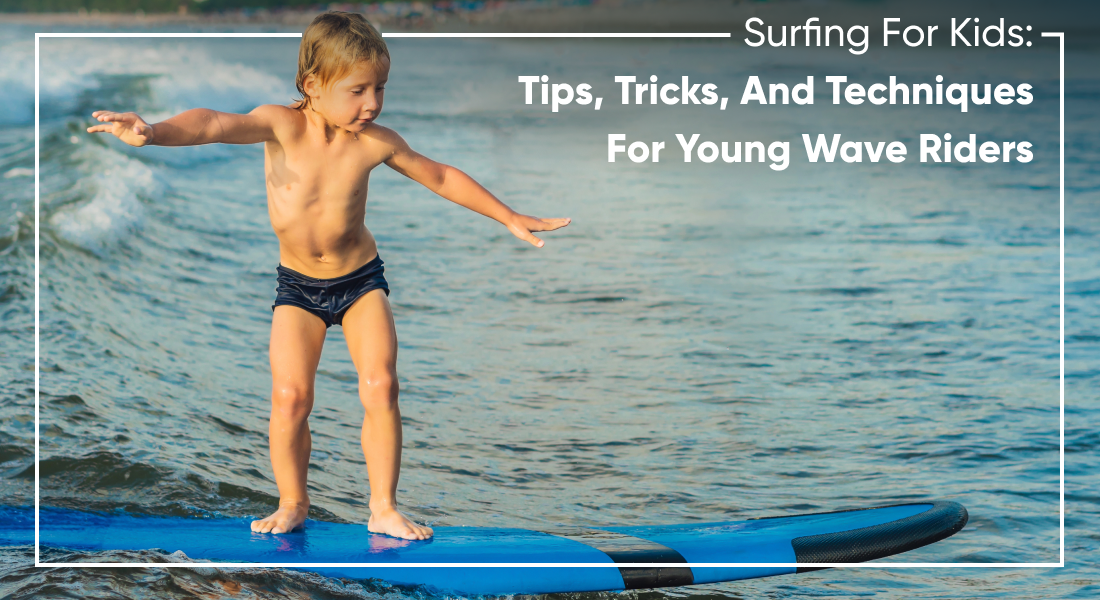

Surfing For Kids: Tips, Tricks, And Techniques For Young Wave Riders
Ready to take your mini-me to ride waves on a kids surfing outing? If your kid has been showing signs of interest in this water sport, perhaps it’s time to gear them up and prepare them to catch some waves of their own. But before your child takes on the waves, they need to be comfortable and confident in the water. Being a strong swimmer is the most important foundation for surfing, as it helps them navigate the ocean and prepares them for the inevitable wipeouts.
So make sure you assess their swimming skills before taking things further. If you live near the ocean, taking them to the beach regularly can build their confidence and comfort in the water. Even better, getting them used to being underwater will make those falls less intimidating when they start riding waves. If everything’s in order, it’s time to follow our top tips on surfing for kids!
Choose the Right Surfboard for Kids
Selecting the right surfboard is critical for both safety and learning. For younger children, starting with a boogie board is a great way to introduce them to riding waves. Once they’re ready to stand, a foam-top surfboard between 6 to 9 feet in length is ideal for beginners. Foam boards are softer, more forgiving, and less likely to cause injury if your child takes a spill.
The right board can make all the difference in building their confidence. It’s also a good idea to rent a board before making a purchase to make sure you find the best fit. You can find surf rentals in Waikiki and other popular surf spots if you’re visiting Hawaii or another surf destination.
Safety First: Keep Kids Warm and Comfortable
Comfort is key when teaching kids how to surf. If the water is cooler than 70°F, be sure to equip your child with a wetsuit to keep them warm. A proper wetsuit not only brings insulation but also gives added protection from scrapes and sunburn. Opt for a wetsuit that’s slightly thicker than what an adult would wear, such as a 4/3 mm wetsuit, to help them stay cozy in the water.
Once your session is done, it’s important to keep kids warm outside the water as well. Pack a change of dry clothes like a hoodie, jacket, or pants so they can stay comfortable and end the day on a high note.
Practice Standing Up On Land First
Standing up on a surfboard can be tricky, especially for younger children still developing their balance and coordination. Practicing on land is a great way to teach kids the correct movements without the added pressure of the ocean.
You can set the surfboard on soft sand or grass and guide them through the process of paddling and popping up to their feet. Teach them to place their palms flat on the board, use downward pressure to stabilize, and get into a low, balanced stance.
Book Professional Surf Lessons for Kids
Teaching your kids to surf can be fun, but for many parents, it can also be frustrating. Booking a few professional surf lessons can be a game-changer, allowing your kids to learn from experienced instructors in a safe, controlled environment. Trained instructors not only teach the basics of surfing but also introduce key skills like reading waves, paddling, and ocean safety.
If you’re traveling to Hawaii, booking surf lessons in Waikiki can be a great way to give your child an unforgettable surfing experience. Group lessons also deliver the added benefit of socializing with other young surfers, which can make learning even more exciting for them.
Make It Fun: Focus on Play, Not Perfection
Kids are naturally curious and want to have fun, so it’s essential to keep the atmosphere lighthearted and playful when they start learning to surf. So, you should avoid focusing too much on technique at the beginning—just let them enjoy the feeling of being in the water and riding waves, even if it’s only for a few seconds.
If your child hesitates or feels unsure during a surf session, don’t force them to continue. Instead, give them breaks, allow them to play in the shallow water, and encourage them to have fun at their own pace.
Learn More About Sean

Teach Surf Etiquette Early On
Surfing is not just about catching waves; it’s also about respect—both for the ocean and for others sharing the waves. Teaching your child surf etiquette early on will make them better surfers and contribute to a safer environment for everyone.
Key surf rules for kids to know include:
- Respect the Right of Way: The surfer closest to the wave’s peak has priority.
- Don’t Drop In: Avoid cutting in front of another surfer already riding the wave.
- Stay in Beginner Areas: Make sure your child practices in areas designated for beginners to avoid collisions with experienced surfers.
Learning surf etiquette creates a safer, more enjoyable experience for everyone in the water.
Patience is Key: Every Child Learns at Their Own Pace
Some kids are quick learners, while others need more time to feel comfortable on the board. It’s needed to be patient and give your child the time and space to learn at their own pace. Many young surfers experience awkwardness in balancing, especially during growth spurts. Encouraging patience and positivity will make a big difference in their overall experience.
Always aim to end the session on a positive note—whether they’ve caught their best wave or simply had a good time playing in the water. Celebrating their progress, no matter how small, helps boost their confidence and keeps them excited about surfing.
Get a Crew: Surfing is More Fun with Friends
Remember when you first took on a hobby for yourself? It’s natural to feel lonely and inexperienced if you’re surrounded by experts. Similarly, surfing can be intimidating for kids, especially if they feel like they’re going at it alone. Having a group of friends or family members join the fun can make a huge difference.
It creates a supportive environment and often turns into a fun bonding experience. If your child is just starting out, surf lessons can also be a great way to meet other kids who are learning, helping them form a mini surf community.
Ready to Enroll Your Kid in Surfing School?
With the right preparation, surfing school, and gear, surfing can be a rewarding and enjoyable activity for kids of all ages. Don’t forget to focus on fun, introduce surf etiquette, and most importantly, be patient as they learn. Consider signing up for lessons to make their first surf session one to remember.
At Ohana Surf Project, our experienced instructors are well equipped to instruct kids of all ages and introduce them to the exciting world of surfing in an engaging way. Check out our surf gallery for all the fun our visitors have with us! Contact us today.
OTHER OSP BLOGS

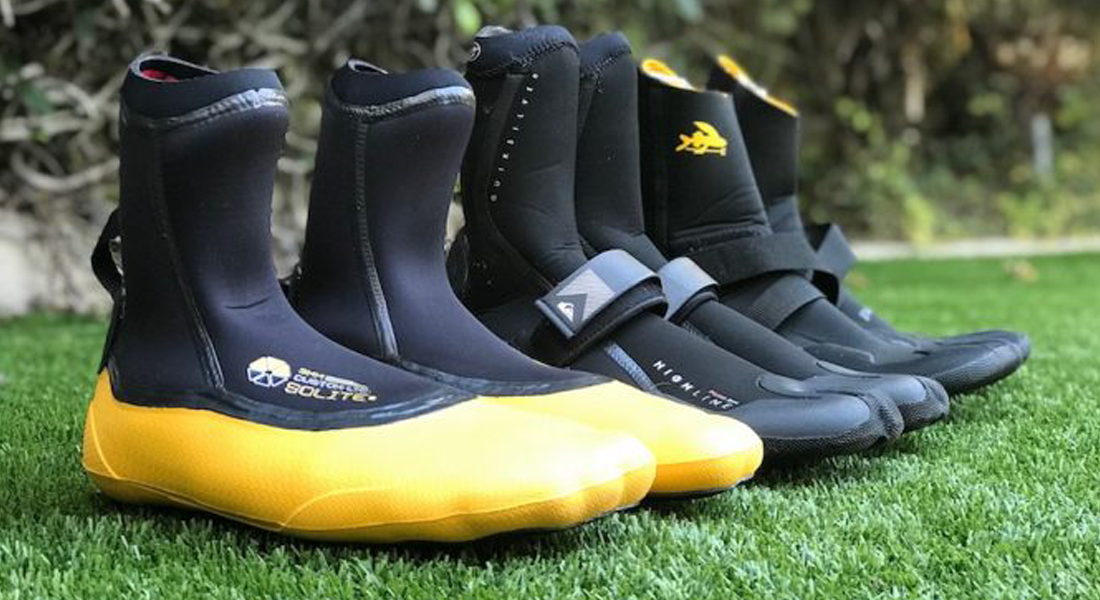
What Shoes Are Best For Stand Up Paddle Boarding?
When you’re preparing to get out on the water for stand up paddle boarding (SUP), you may wonder what shoes are best for stand up paddle boarding. The answer depends[...]